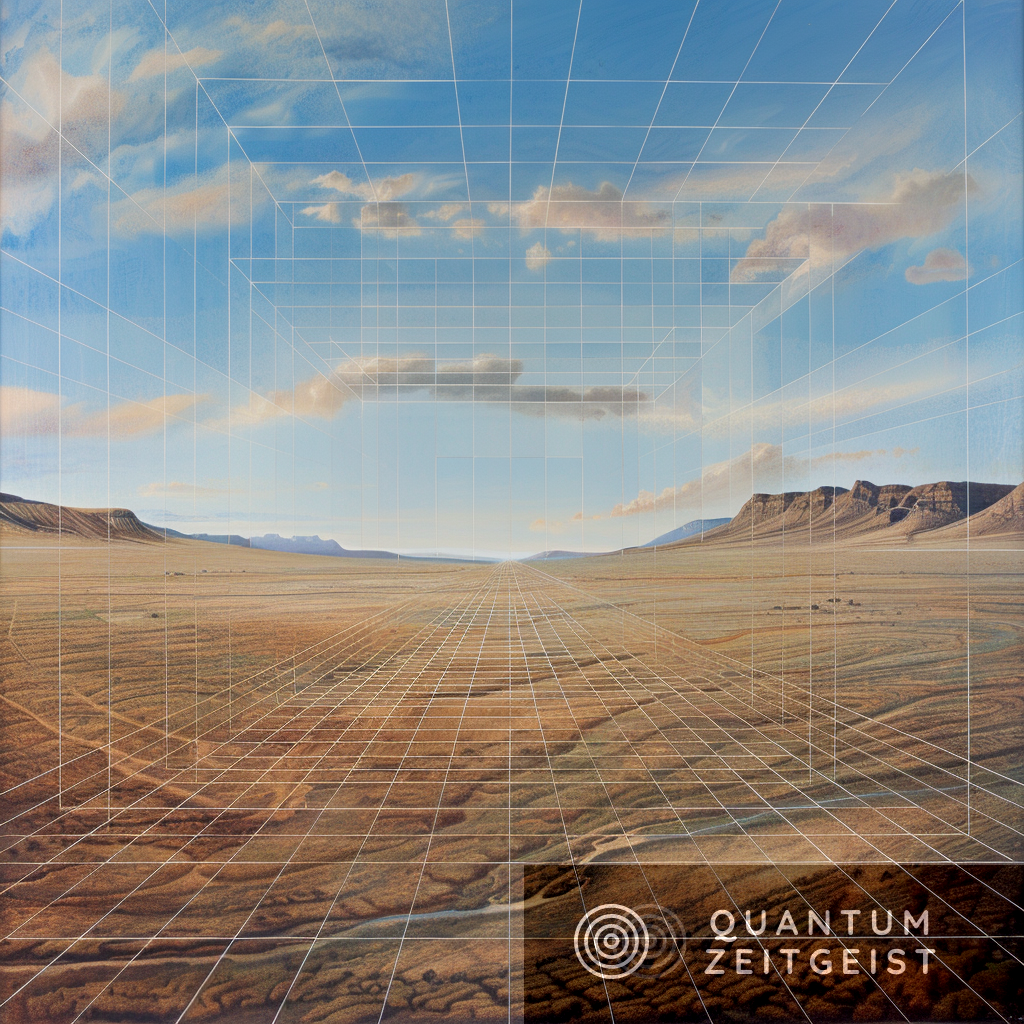Variational Quantum Algorithms (VQAs) are a promising application of quantum computing, integrating quantum and classical computation capabilities. However, they face scalability challenges due to the Barren Plateau (BP) phenomenon, which makes parameter training difficult for circuits with a large number of qubits. A study has extended the understanding of Noise-Induced Barren Plateaus (NIBPs) to arbitrary completely positive trace-preserving (CPTP) maps. The researchers found that nonunital noise doesn’t necessarily lead to NIBPs but can result in a different phenomenon called a noise-induced fixed point (NIFP). The findings could help improve the efficiency of VQAs.
What are Variational Quantum Algorithms and their Challenges?
Variational Quantum Algorithms (VQAs) are a promising application of quantum computing in the Noisy Intermediate-Scale Quantum (NISQ) era. These algorithms use a customizable quantum circuit design that integrates both quantum and classical computation capabilities. Using parameterized quantum circuits, they compute problem-specific cost functions, followed by classical optimization to iteratively update the parameters. This hybrid quantum-classical optimization process continues until predefined termination criteria are met.
VQAs have been demonstrated to operate within the existing noise levels and hardware connectivity limitations of the NISQ era. They find applications across diverse domains such as quantum optimization, quantum optimal control, linear systems, quantum metrology, quantum compiling, quantum error correction, quantum machine learning, and quantum simulation. Moreover, VQA has been established as a universal model of quantum computation.
Despite their computational power and demonstrated advantages, VQAs exhibit inherent constraints that present scalability challenges for problems of arbitrary scale. Specifically, VQAs for random circuits suffer from exponentially vanishing gradients, commonly referred to as the Barren Plateau (BP) phenomenon. This phenomenon renders the parameter training step asymptotically impossible for circuits with a sufficiently large number of qubits, even at shallow circuit depth.
What are Noise-Induced Barren Plateaus?
Noise-Induced Barren Plateaus (NIBPs) are a type of Barren Plateau that emerge under decoherence-induced noise. NIBPs were previously shown to be present in sufficiently deep circuits subjected to unital maps. This holds true even in constant-width or non-random circuits. Alternatively, NIBPs exist under strictly contracting noise maps when the parameter shift rule (PSR) is applicable.
Unlike other BP types for which mitigation strategies have been proposed, it remains unclear whether NIBPs can be similarly mitigated. Experimental investigations on small systems have suggested that error mitigation (EM) techniques enable VQAs to more closely approach the true ground-state energy. However, the majority of EM protocols do not enhance trainability or even exacerbate the lack of trainability. Additionally, post-processing expectation values of noisy circuits is not advantageous in the context of NIBP.
How are NIBPs Studied in Arbitrary Completely Positive Trace-Preserving Maps?
In this study, the researchers extended the study of NIBPs to arbitrary completely positive trace-preserving (CPTP) maps, including both unital and nonunital maps. They analytically derived the scaling of the cost function gradient as a function of circuit width, circuit depth, and noise strength. They found that nonunital noise need not necessarily give rise to NIBPs but instead exhibits a different phenomenon which they refer to as a noise-induced fixed point (NIFP).
The researchers simplified the NIBP derivation compared to previous studies, guided by the intuition gained by considering the effect of noise on the single qubit Bloch sphere. They generalized this to n-qubit systems via the coherence vector and computed derivatives of the cost function via the PSR. They also investigated the applicability of the PSR under control noise and random unitary noise and assessed the impact of these noise types on the bounds they derived.
What are the Findings of the Study?
The researchers found analytical expressions for the dependence of the circuit depth on relevant noise and circuit parameters that give rise to NIBP and NIFP. Their analytical results are supported by numerical simulations. In the unital case, they re-proved that NIBP is always present. In the nonunital case, they found new results, in particular, the phenomenon they refer to as NIFP.
The study is organized as follows: Background results regarding VQA, PSR, the coherence vector, and characteristics of CPTP noise maps are presented in one section. The PSR analysis is extended to scenarios involving noise in another section. The effects of nonunital and unital noise are studied in separate sections. The theoretical findings are supported by numerical simulations in another section. The findings are summarized in the final section.
Publication details: “Beyond unital noise in variational quantum algorithms: noise-induced
barren plateaus and fixed points”
Publication Date: 2024-02-13
Authors: Phattharaporn Singkanipa and Daniel A. Lidar
Source: arXiv (Cornell University)
DOI: https://doi.org/10.48550/arxiv.2402.08721

